Runrig became a Christmas fixture in Aberdeen during 10 years in which the band grew to become one of the biggest-selling acts in the UK.
Put simply, between 1987 and 1997, Runrig were a phenomenon.
Part of that momentum was their success in bringing Gaelic songs to the masses, which was a remarkable feat in the music world of the 1980s and 1990s.
The original Run-Rig was formed during 1973 by Lochmaddy brothers Calum (drums) and Rory (guitar) MacDonald and Skye-born Blair Douglas on accordion.
They performed for the first time as a three-piece at Glasgow’s Kelvin Hall.
In their second year, the band decided they needed a singer.
Donnie Munro, born in Uig on the north-west side of Skye, joined and the band slowly grew, building up a dedicated following, particularly among students.
The year 1977 was a busy one, with a summer full of gigging around the Highlands, with a gradual transition being made from dance band to concert band, followed the next year by the release of Play Gaelic, the first-ever all-Gaelic rock and pop album, and they soon developed a cult following.
Things changed in 1979
One of the biggest stepping stones was when Runrig hired out the 900-seater Eden Court Theatre in Inverness in November 1979 after Malcolm Jones joined.
Runrig sold it out.
So the template was set for gigs across the rest of Scotland, bringing their unique sound and mix of songs in both English and Gaelic to a wider audience.
Runrig signed to Simple Records in 1984 and performed at the Capitol Theatre on December 23 before releasing a fourth studio album in 1985.
Several line-up changes through the years saw them stepping up to a six-piece, which, of course, included lain Bayne from St Andrews and Pete Wishart from Dunfermline.
But it was the band’s fifth studio album, The Cutter And The Clan in 1987, which had originally been released on the independent Ridge Records label, before being re-released on Chrysalis, that lit the spark and brought the band to wider audiences in the UK and Europe.
Runrig performed at the Capitol Theatre in December 1987 and Aberdeen Music Hall in December 1988 by which time they were simply unstoppable in their homeland.
Tickets were priced £7 for the 1988 Christmas concert which included their famous version of the traditional folk song Loch Lomond, which has since been enjoyed at almost every wedding celebration up and down Scotland.
Runrig returned to Aberdeen in December 1989 at the Capitol Theatre before the arena era beckoned and they performed at the AECC in December 1990.
They had a large following around Europe and among the ex-pat communities, attracting 50,000 fans to Loch Lomond in June 1991 for a celebratory concert.
The band returned to the AECC in December 1991, 1993 and 1994 to perform their rousing pub sing-alongs alongside the mulled wine and mince pies!
During this time they also logged big-selling albums like The Big Wheel in 1991 and Amazing Things in 1993 – both top five hits in the UK – and became the first band ever to place a Gaelic language song, An Ubhal As Airde, in the top 20 singles charts.
The band supported Rod Stewart at Pittodrie Stadium in June 1995 before returning in December to perform two Christmas concerts at the Capitol Theatre.
Donnie Munro decided to leave
Runrig were back on the Capitol Theatre stage in December 1996 on the Long Distance Tour before Munro decided to leave the band to pursue a career in politics.
His final performance was a farewell concert at Stirling Castle on August 29 1997.
“It was a wonderful time and I enjoyed every minute of it,” he recalled later.
“I was at Gray’s School of Art in Aberdeen, before then, going to Moray House in Edinburgh. It was during my student days that I first saw Runrig.
“My old school pal, Calum McDonald, was a founder member and I joined them about a year later as singer.
“We were not full-time professionals in those days and probably at that time I had not looked beyond my teaching career.
“In the event, we became more and more in demand and then the opportunity to record came along, and we knew it was getting close to big decision time.
“There were four of us when we decided to go full-time. Calum and I were teachers, Rory was a graphic designer and Malcolm, after a little persuasion, gave up a brilliant university career.
“That was around 1979, and we just grew and went from strength to strength. They were great years of gigs, including some wonderful nights in Aberdeen of course. One of my favourite gigs was at Edinburgh Castle, but there were many others, and it was a real wrench when I decided to leave the band.”
The band set about working with a new member.
Donnie’s replacement was Bruce Guthro, a singer/songwriter they found in Nova Scotia, and recorded a 10th studio album.
He knew that following in the footsteps of Donnie Munro was never going to be easy.
He admitted even Elvis would have struggled to fill his shoes!
“Twenty-five years is a long, long time and, over that time, the band has steadily built up their fan base,” he said.
“It wouldn’t matter if I was Elvis, or Paul McCartney, it would have been tough.
“We always knew there would be a certain percentage of people who were not going to buy it, no matter what. They were just going to say: no, Donnie Munro was Runrig. But the vast majority believe that Runrig is an entity, and have hung on.”
The band recorded their final studio album, The Story, in 2015 and held a series of farewell concerts, entitled The Final Mile, in 2018.
This took in shows in Germany, Denmark and England, culminating in The Last Dance in Stirling.
Fans travelled hundreds of miles to capture a glimpse of the action with some venturing from as far afield as the Netherlands and Germany – and different generations paid their own farewells to the advocates of Gaelic and Scottish culture and heritage whose songs will be sung by many generations yet to come.
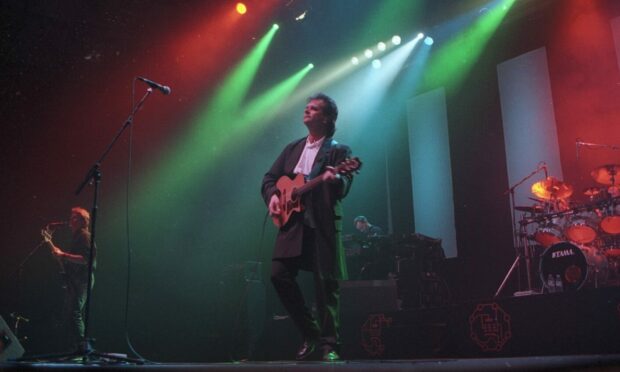
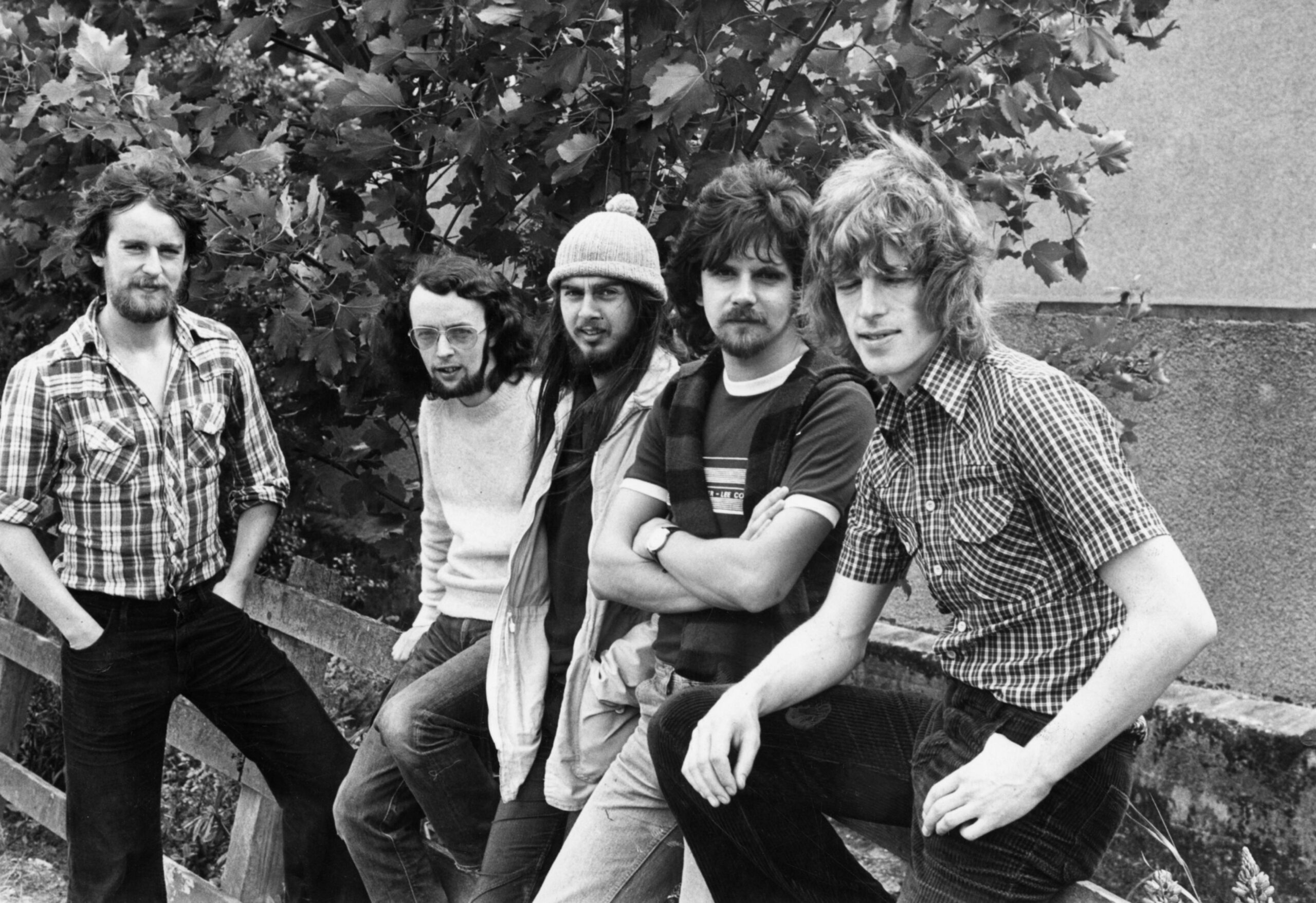
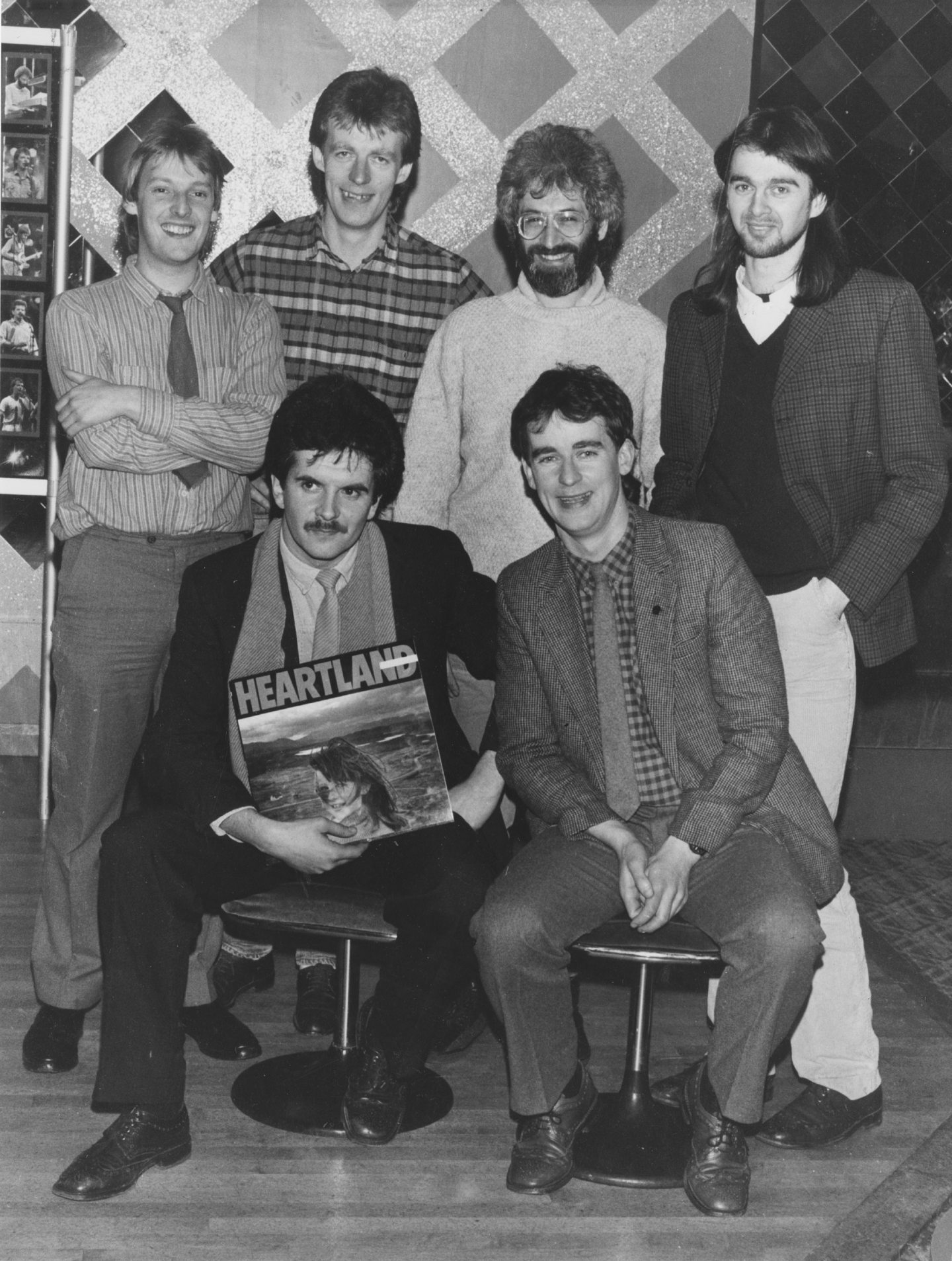
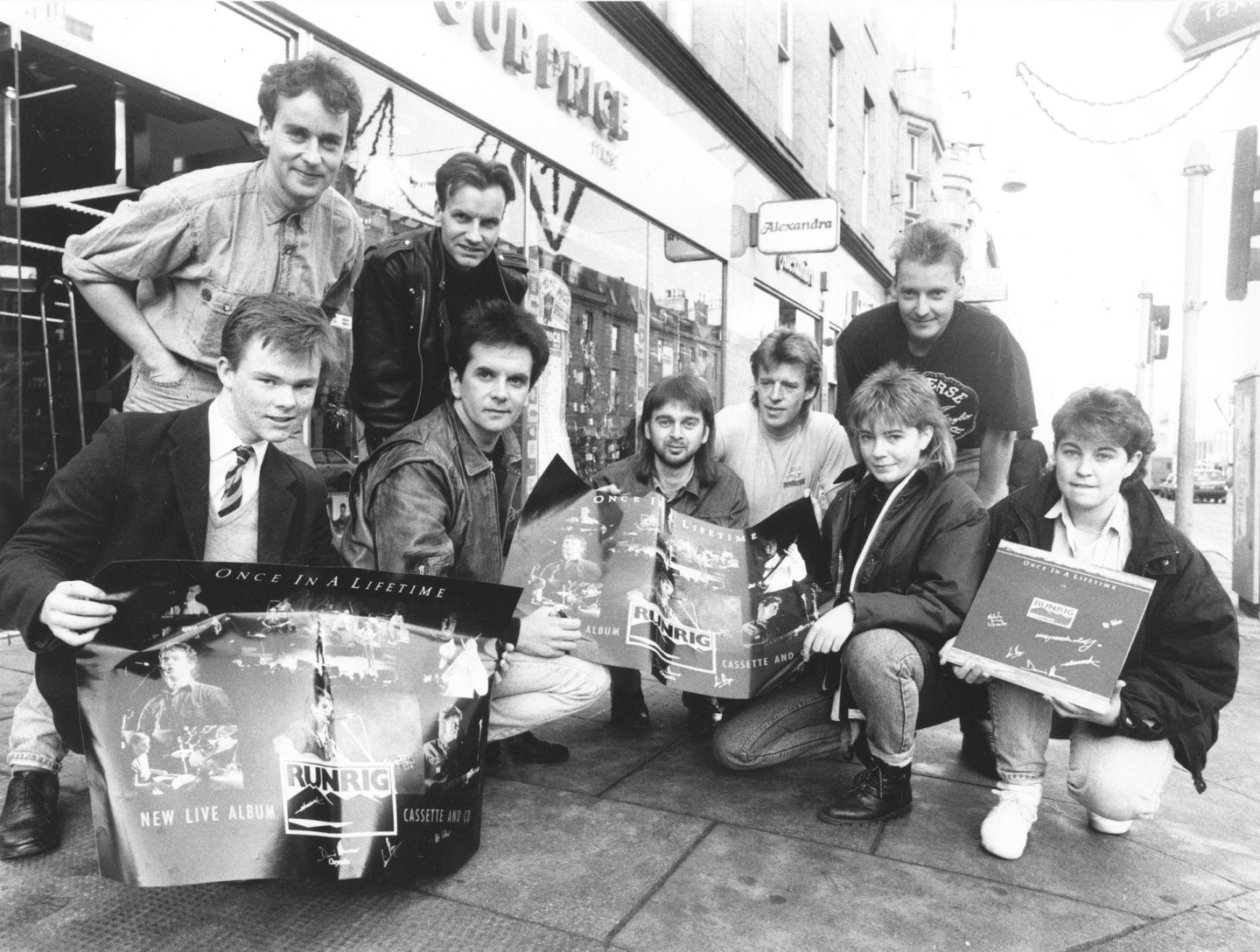
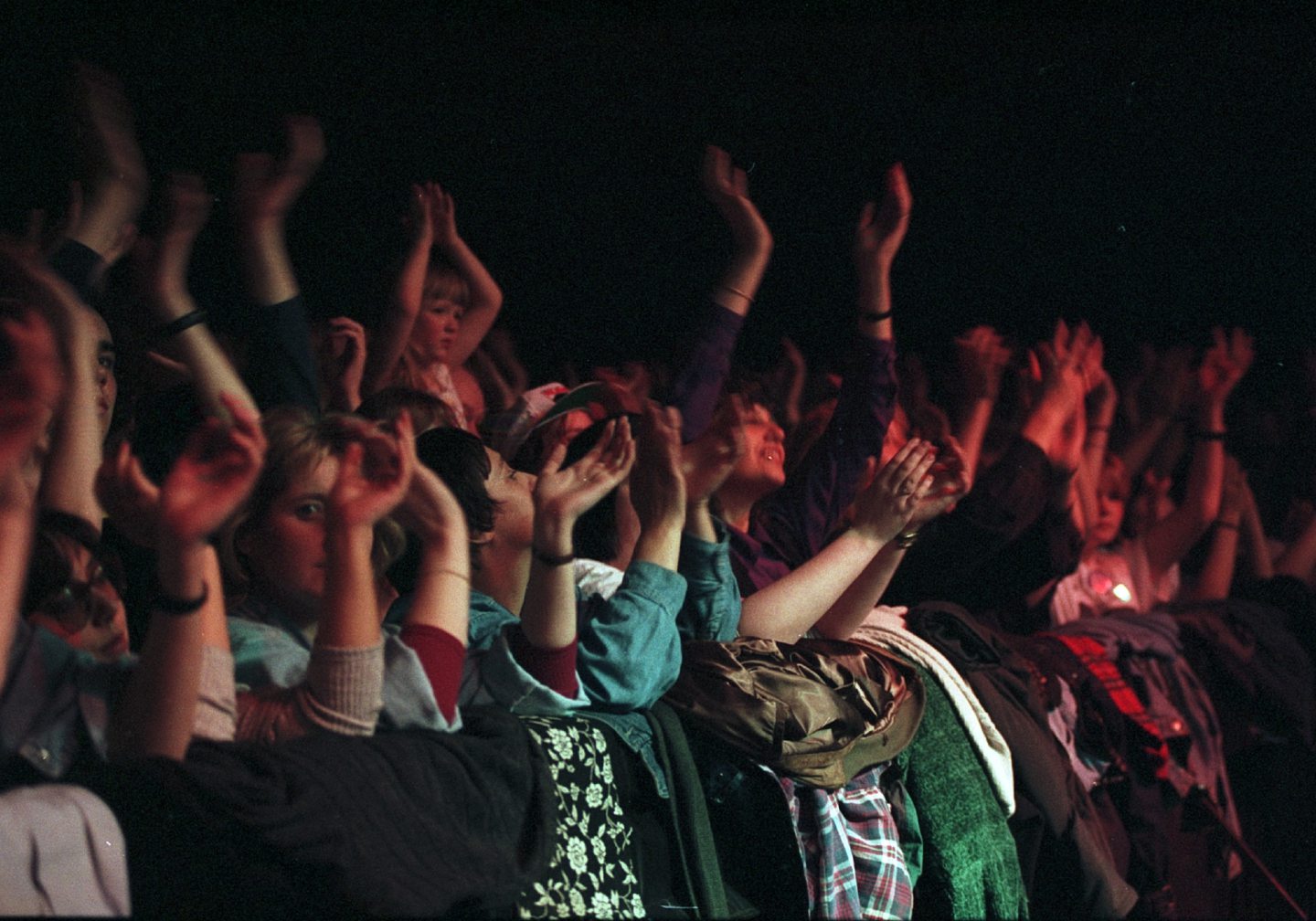
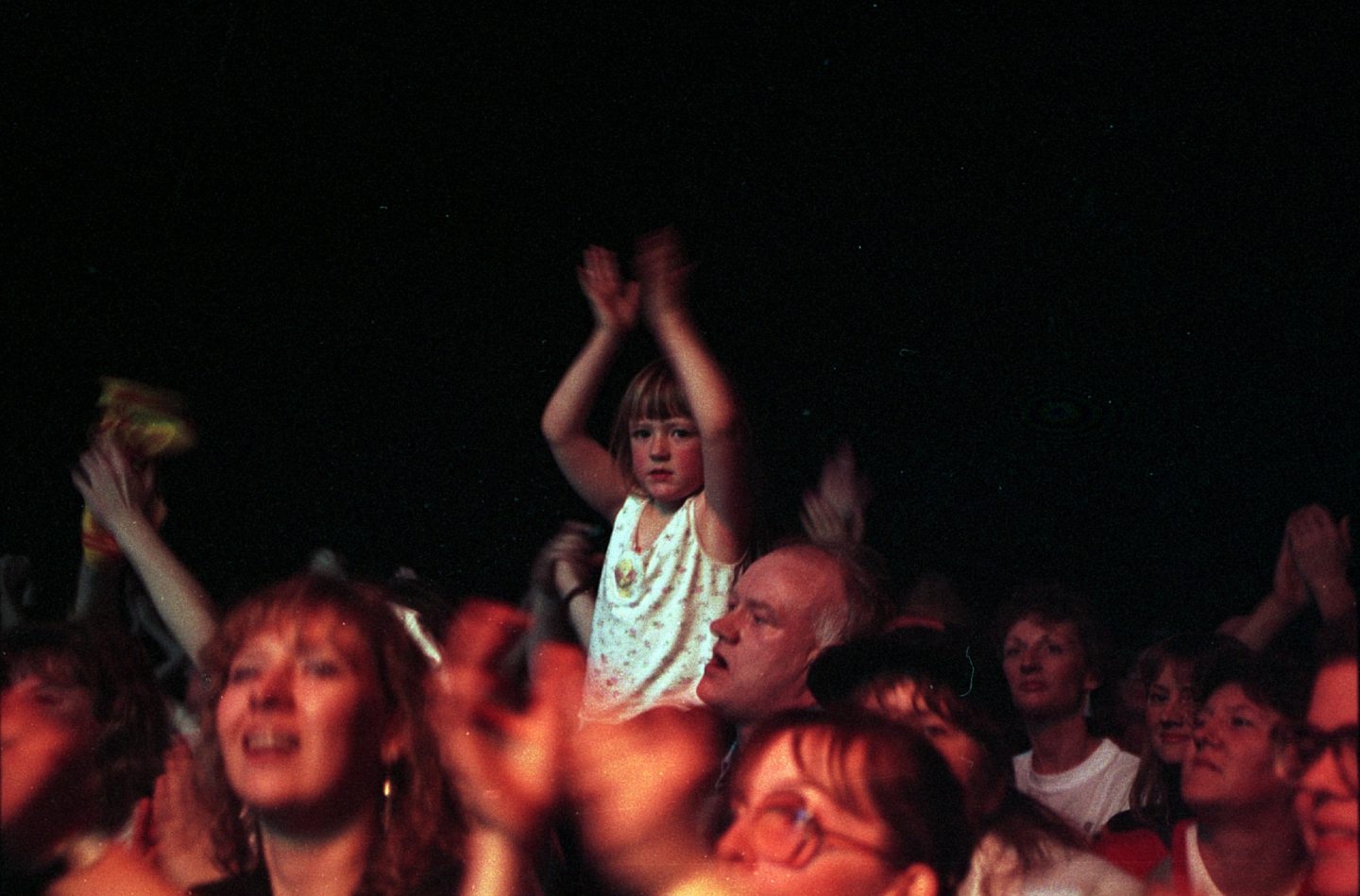
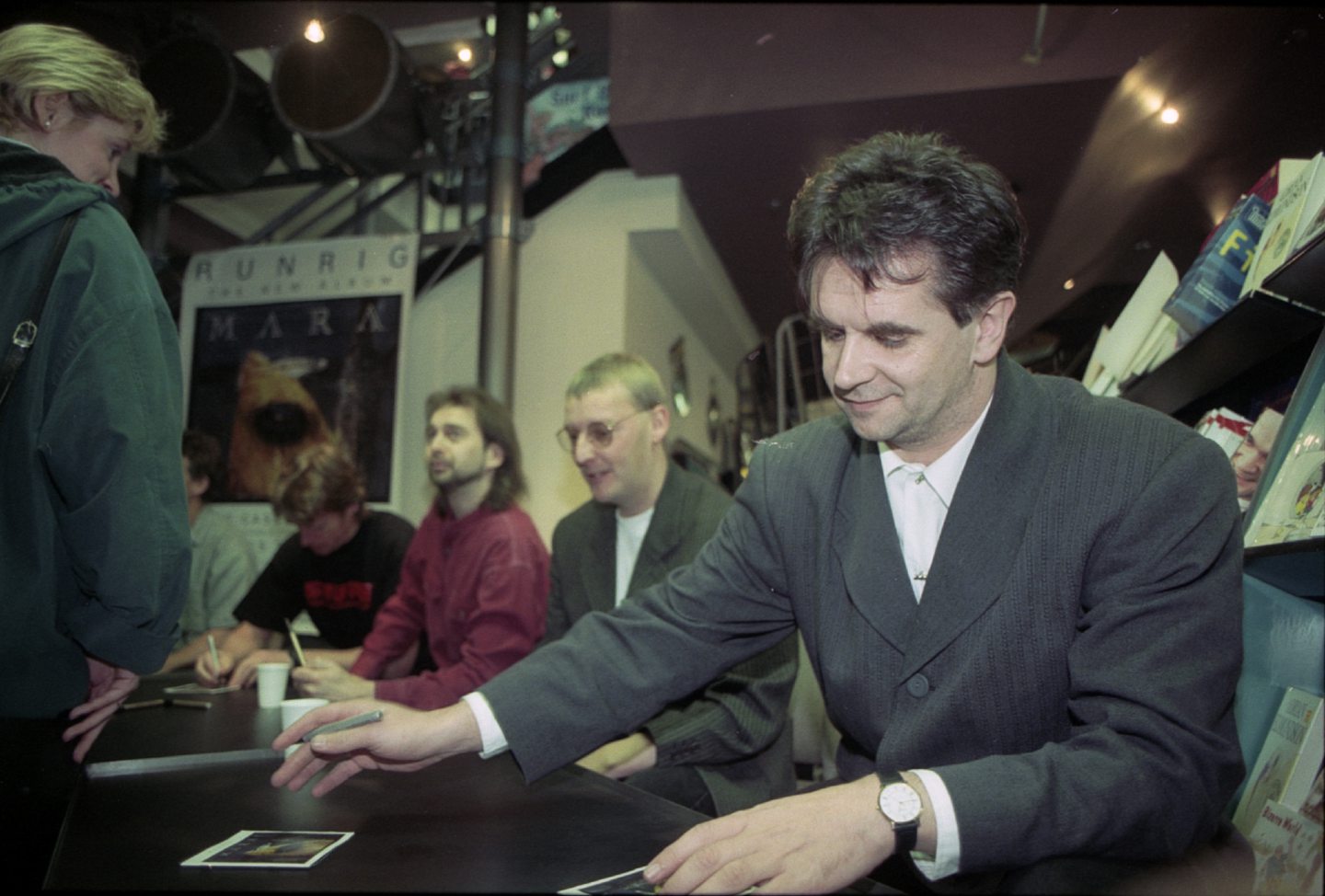
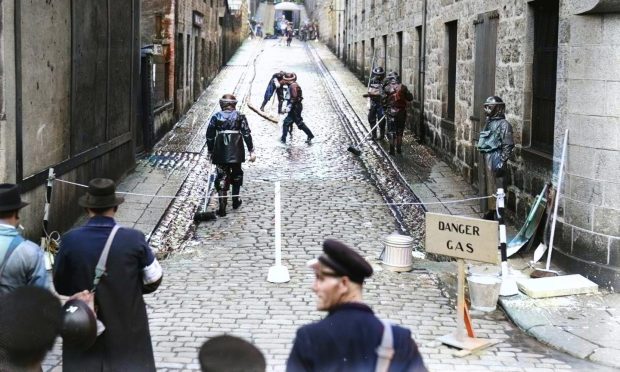
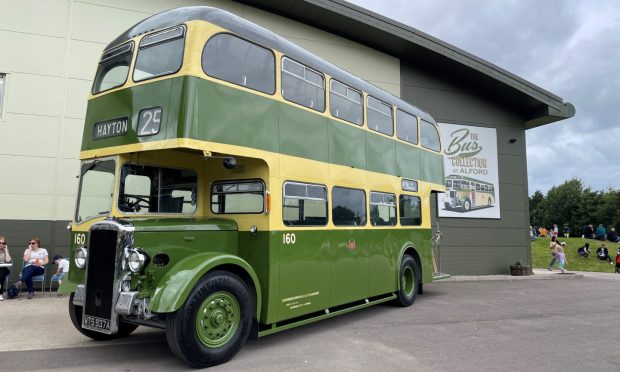
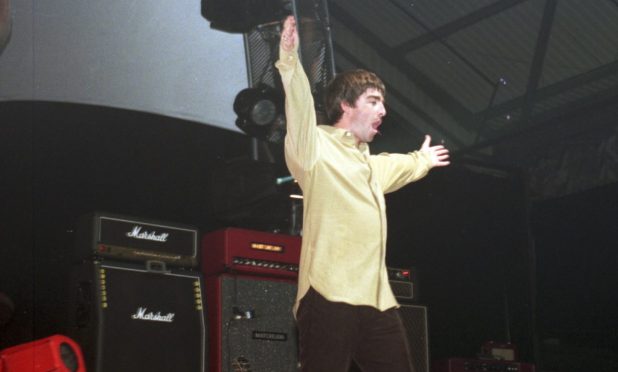
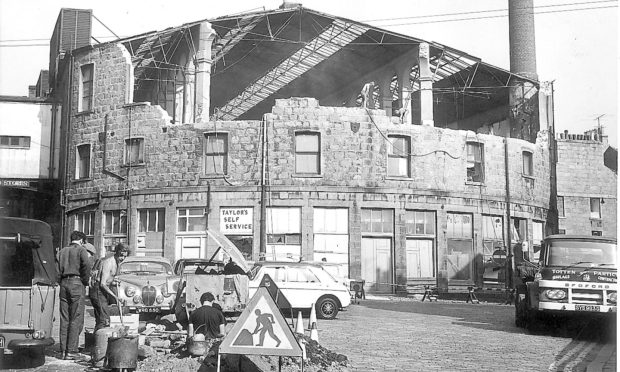
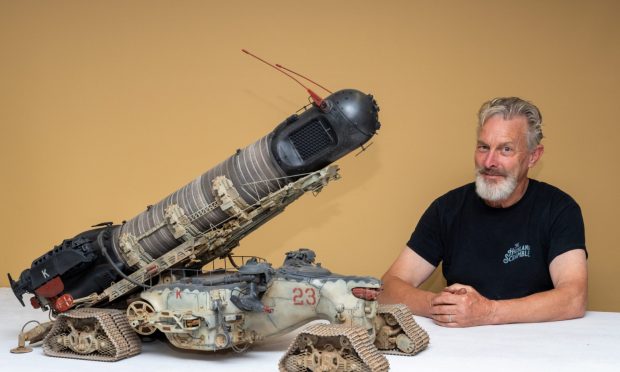
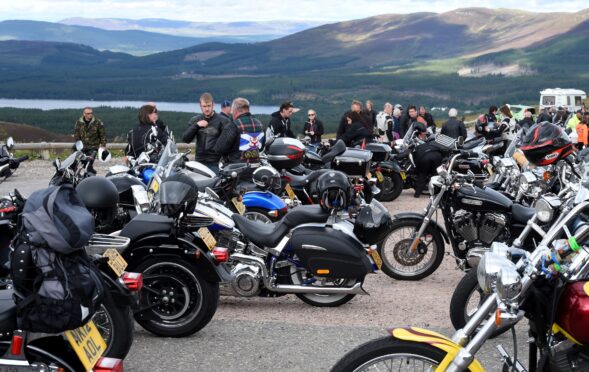
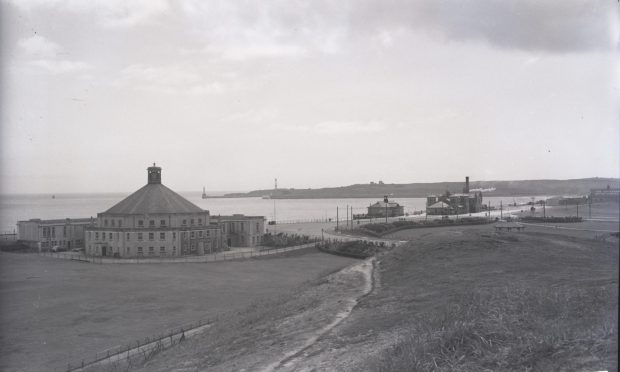
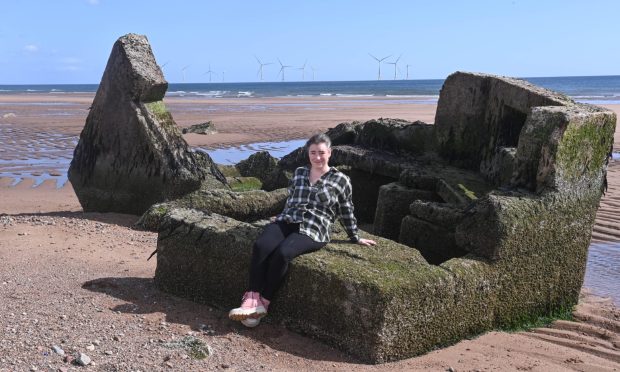
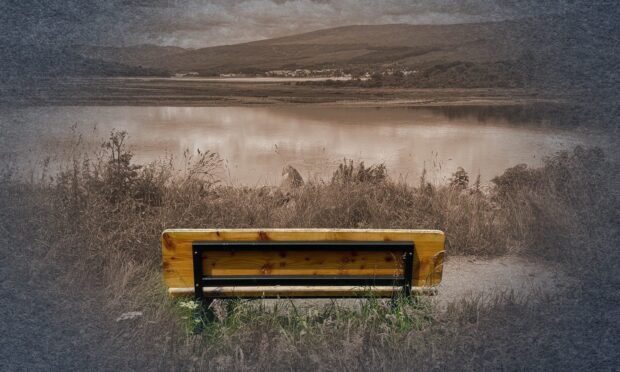
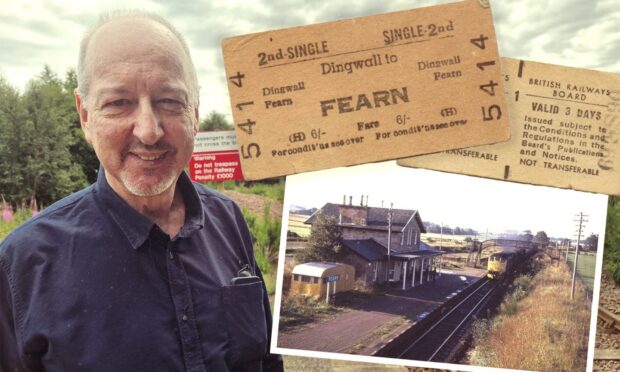
Conversation